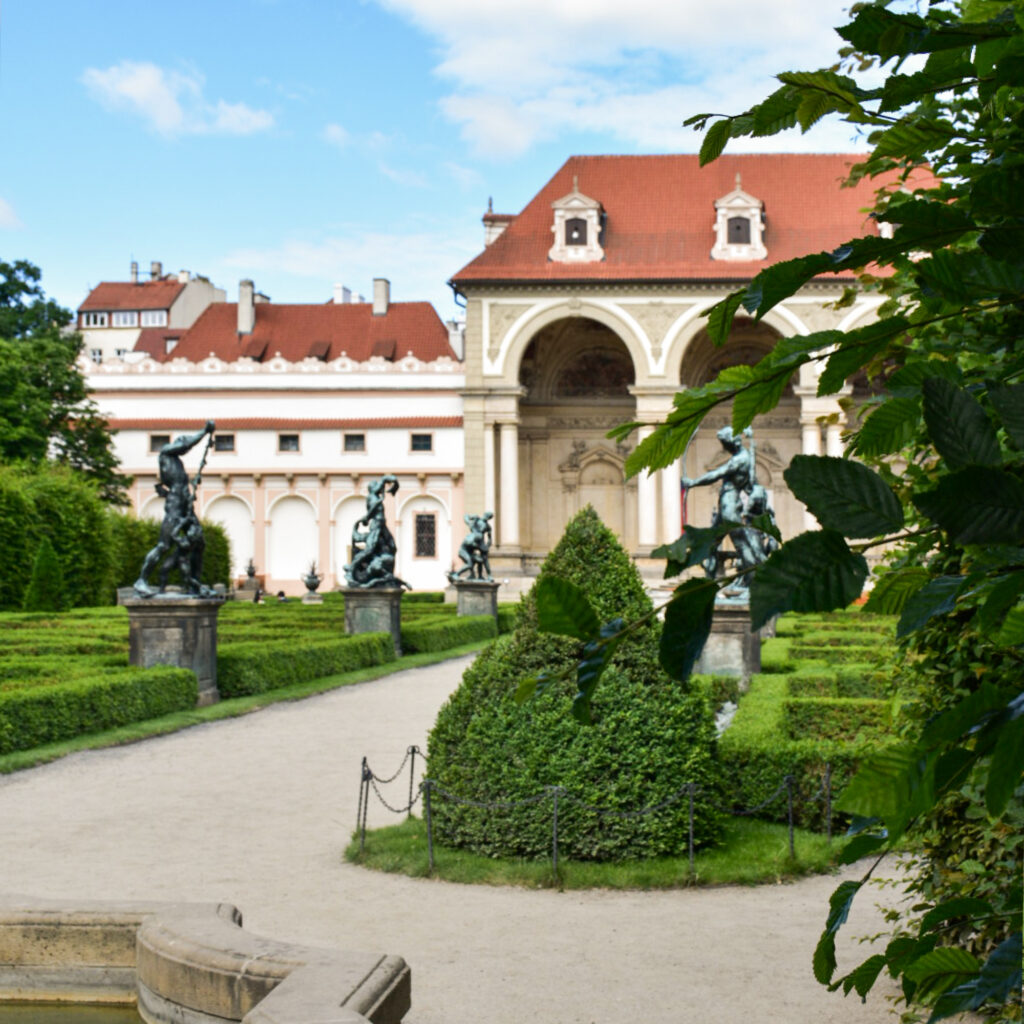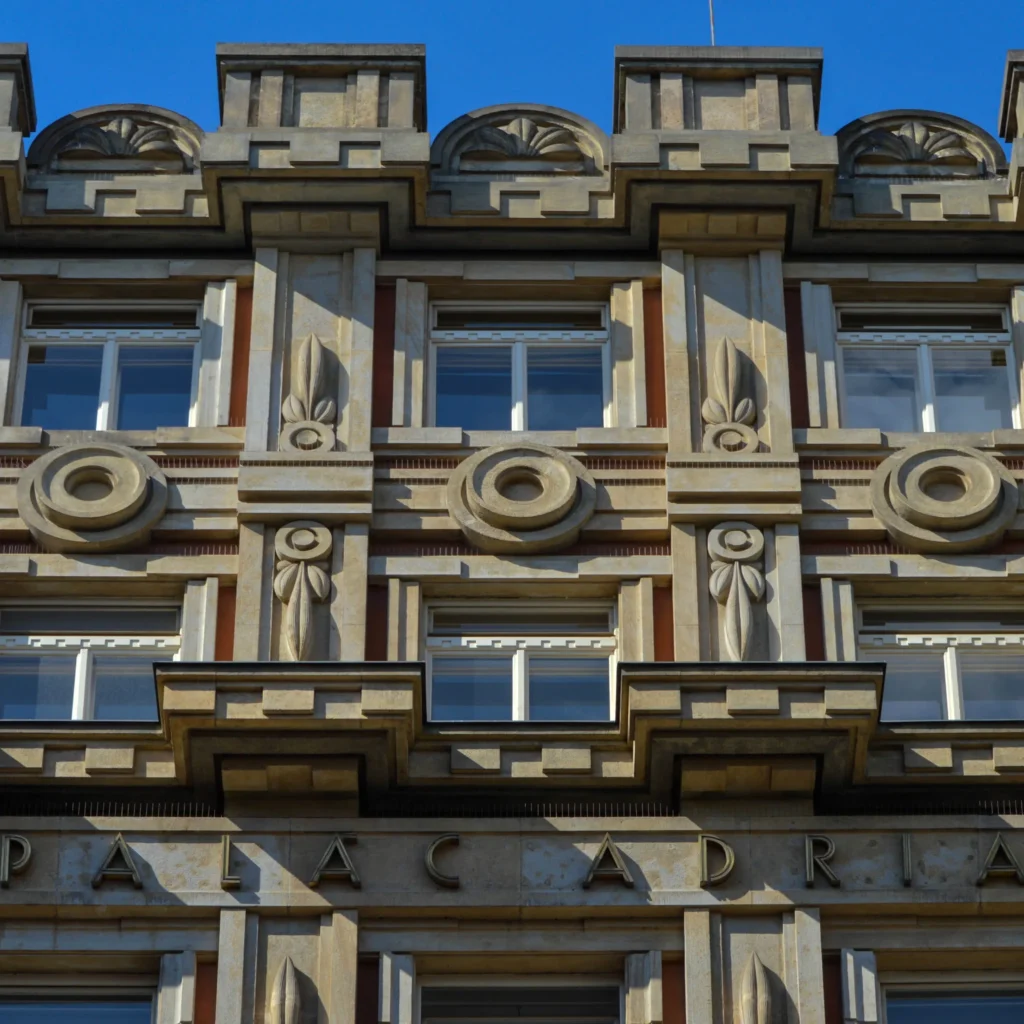Baba colony
Architect: Pavel Janák, Josef Gočár, Josef Fuchs, František Zelenka, Hana Kučerová-Záveská, Ladislav Žák, Evžen Linhart, Mart Stam
Year of completion: 30. léta 20. století
Baba colony is a modern villa district from the 1930s. It was an experimental showcase colony designed to demonstrate how people could live in the capital of Czechoslovakia. The settlement followed in the footsteps of the previous Weissenhof exhibition in Stuttgart, which laid the foundations of functionalist architecture. The difference from the Weissenhof colony was that all the Prague villas had investors from artistic circles. The driving force behind the entire construction project in Baba was architect Pavel Janák, a leading figure of the Czechoslovak Work Federation, who, in 1928, created an urban concept of a checkerboard-like layout to ensure that individual houses did not obstruct the view of Prague and that residential spaces would absorb as much sunlight as possible. Prominent figures of Czech architecture, such as Ladislav Žák, Evžen Linhart, and Josef Gočár, were involved in the design of the villas. The only foreign architect was the avant-garde Dutch architect Mart Stam, who captivated builder Jiří Palička at the Stuttgart exhibition so much that he requested Stam to design his own villa. Thanks to the collaboration of enlightened architects, builders, and equally progressive-minded investors, a unique collection of modern villas was created.


Valdštejn Garden

The Church of St. John of Nepomuk in Košíře

The Central Dispatch Center of the Public Transit Company

French schools

Riunione Adriatica di Sicurtà Insurance / Adria Palace

Platýz Passage

The House U Halánků

Golden Angel

The birth house of Františka Plamínková (The Black brewery)
